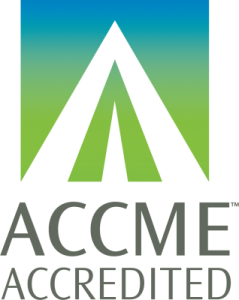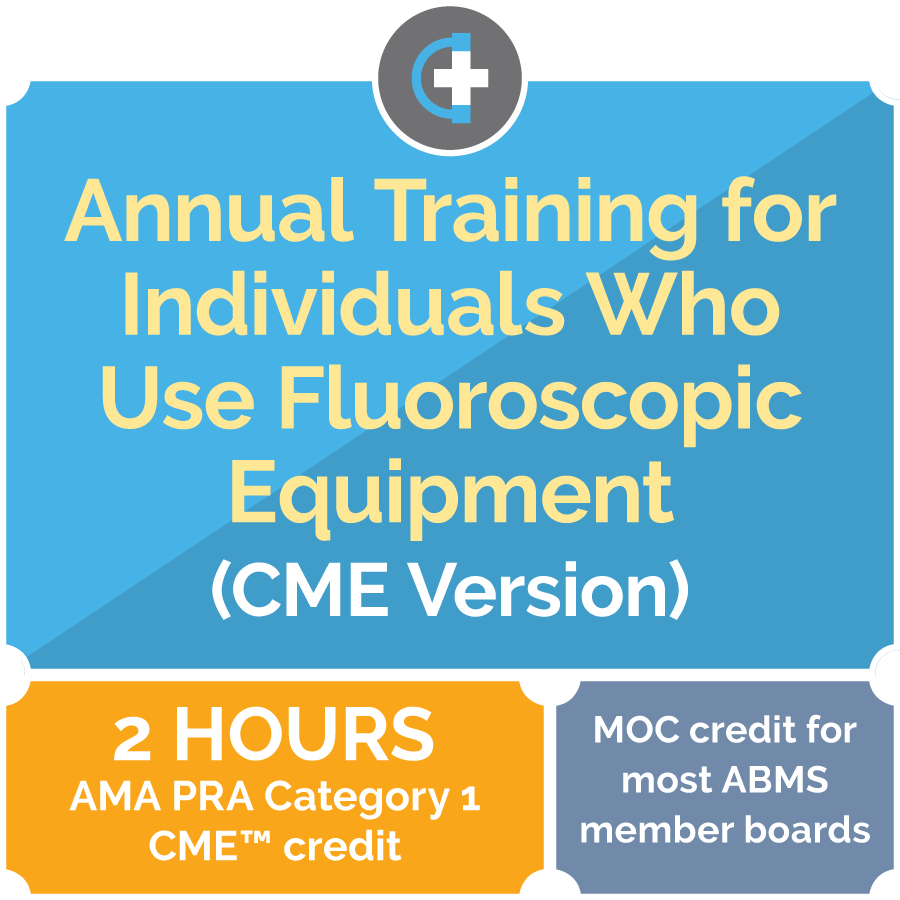Training designed to meet Joint Commission (TJC) fluoroscopy imaging standards

Our fluoroscopy training courses are designed to meet the accreditation standards of the Joint Commission. All courses below cover dose optimization techniques and tools for pediatric and adult patients addressed in the Image Gently®, Image Gently-Step Lightly®, and Image Wisely® campaigns
The Joint Commission requires healthcare organizations to assess staff and physician competency to provide fluoroscopy services, as outlined in the “Human Resources” and “Medical Staff” chapters of the 2019 Joint Commission Comprehensive Accreditation Manual. A healthcare organization should verify and document that individuals (including physicians, non-physicians, and ancillary personnel) who use fluoroscopic equipment have completed appropriate initial training and participate in ongoing assessment of competency regarding safe procedures for the operation of the type of fluoroscopy equipment they will use.
FluoroSafety offers multiple initial training options that are designed to satisfy the requirements of the Joint Commission. Our top quality educational activities follow the recommendations of NCRP Report No. 168, are designed to meet the accreditation standards of The Joint Commission, and provide Self-Assessment CME (SA-CME) MOC credit for most ABMS member boards, including the ABIM, ABR, ABS, ABPMR, and ABA. Click here for more details on MOC.
FluoroSafety offers the following courses that may meet your needs for complying with Joint Commission fluoroscopy competency requirements.
Learn more about using FluoroSafety for Joint Commission compliance...
FluoroSafety CME courses are focused on ease of access, content that is interactive and engaging, and achieving measurable results.
National Council on Radiation Protection and Measurements (NCRP) Report No. 168 is the standard of care document for radiation dose management for fluoroscopically-guided interventional medical procedures. For individuals performing potentially high-dose procedures, NCRP Report No. 168 recommends a full day (8 hours) of formal training on the following topics:
- Physics of x-ray production and interaction;
- Technology of fluoroscopy machines, including modes of operation;
- Characteristics of image quality and technical factors affecting image quality in fluoroscopy;
- Dosimetric quantities and units;
- Health effects of radiation;
- Principles of radiation protection in fluoroscopy;
- Applicable federal, state, and local regulations and requirements; and
- Techniques for minimizing dose to the patient and staff.
The Advanced Training Program on the Safe Use of Fluoroscopy from FluoroSafety meets these training requirements. NCRP Report No. 168 recommends condensed training for other users of fluoroscopy, a need that is met by our Basic Training Program on the Safe Use of Fluoroscopy. Individuals who are interested in understanding how to establish Substantial Radiation Dose Levels (SRDL) and reference levels, or in strategies for improving the patient safety culture in their fluoroscopy practice, will find what then need in Establishing a Patient Safety Program in Fluoroscopy.



